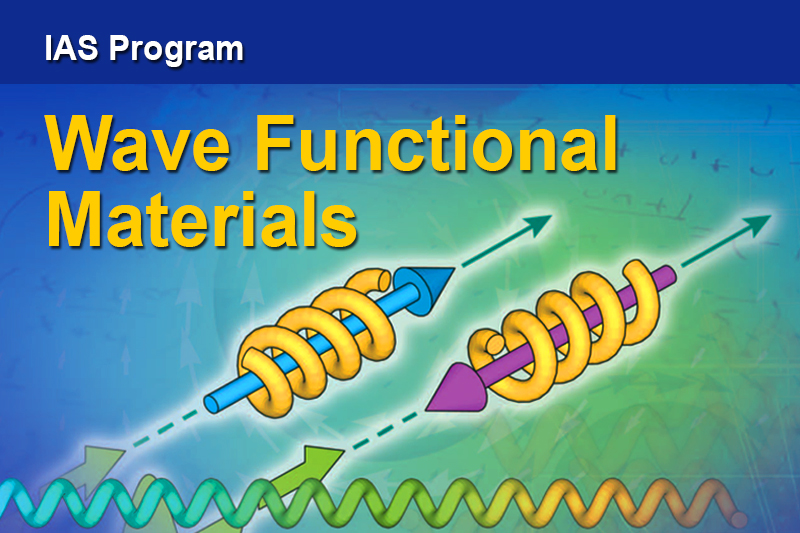Quantum and Topological Plasmons
Abstract
In the first part of the talk, the speaker will present his group’s experimental observation and theoretical interpretation of quantum-enhanced surface-plasmonic absorption at the interface of silver and high-index dielectrics, based on their electron-energy loss spectroscopy and density-functional calculation. They reveal a strong coupling between the surface plasmons and the interfacial electron-hole pairs in such systems due to the low metal-to-dielectric work function. They show that the production of interfacial electron-hole pairs can serve as the dominant dissipation channel over the conventional Drude loss, the mechanism of which has been longtime overlooked.
In the second part of the talk, the speaker will present his group’s recent discovery of the topological behaviors of 2D magnetoplasmons as bosonic analogue to the Majorana states in topological superconductors. They theoretically prove that these historically known 2D magnetoplasmons in fact carry nonzero topological indices, and hence show protected one-way edge states that are immune to local defects. A new type of edge magnetoplasmons at ferromagnetic domain boundaries is predicted and can be readily verified in experiment.
About the speaker
Dr. Jin Dafei is a Postdoctoral Associate in Prof Nicholas Fang’s nanophotonics group in the Department of Mechanical Engineering at the Massachusetts Institute of Technology (MIT). He received his BSc in Physics from Nanjing University in 2005, and PhD in Condensed Matter Physics from Brown University in 2011. He was a recipient of the Coline M. Makepeace Fellowship at Brown University. His works were highlighted by American Physical Society (APS) Viewpoint in 2009 and MIT News in 2013 and 2015. His research interest spans from quantum fluids, quantum optics, to energy materials utilizing plasmons and excitons.



